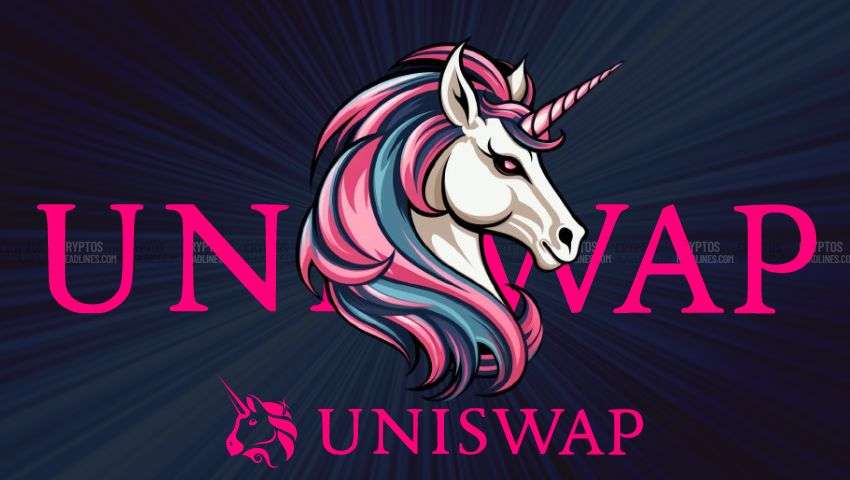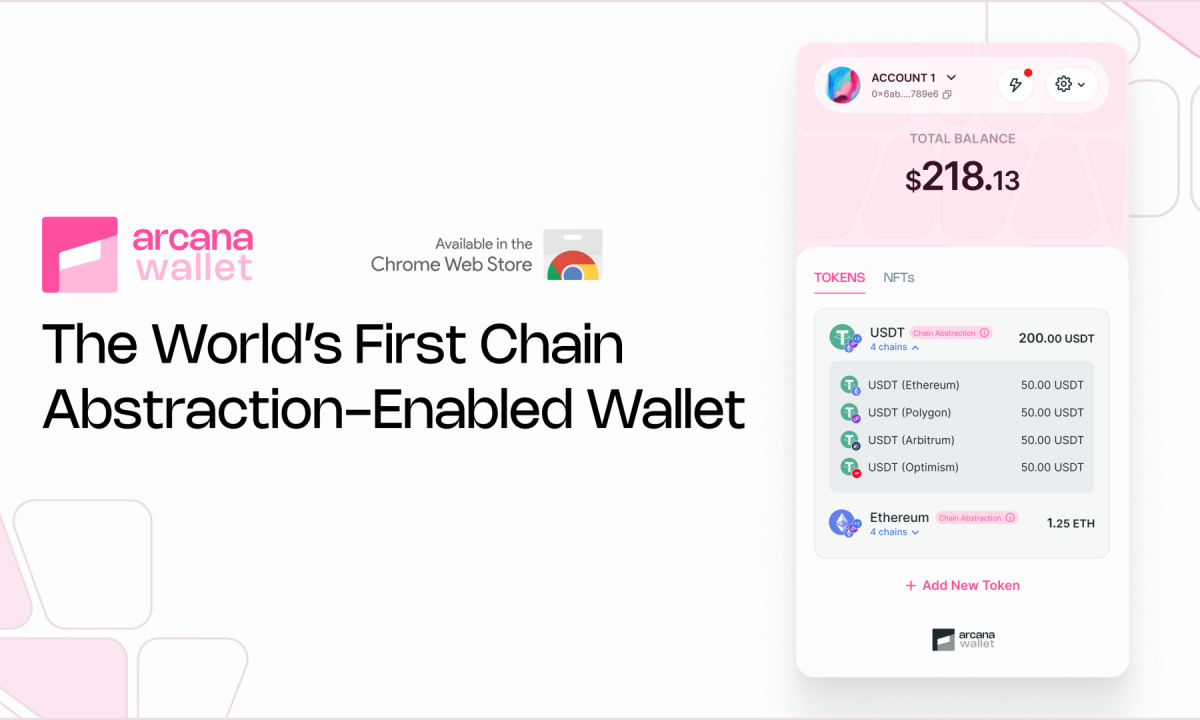Uniswap’s mobile swaps surpass $4 billion, with plans to introduce Layer3 (L3) assets or L3-based tokens. Despite the rapid growth of new tokens listed almost hourly, Uniswap continues to be a prominent decentralized exchange (DEX), boasting active development and daily active users.
However, the platform’s accessibility presents both opportunities and risks due to low liquidity and minimal entry barriers.
Uniswap Surpasses $4 Billion in Mobile Swaps
Uniswap has achieved a significant milestone, with mobile app swaps surpassing $4 billion. While decentralized trading still constitutes a relatively small portion of overall exchange volumes, it plays a vital role in expanding the crypto and DeFi infrastructure, providing accessible swaps.
Just passed $4B in swaps on the Uniswap mobile app
Next up: $4T 🦄 pic.twitter.com/AcL6jYY0BT
— Uniswap Labs 🦄 (@Uniswap) May 13, 2024
The potential of swaps extends to borderless and permissionless trades, enhancing Uniswap’s appeal. While the platform offers an optional Know Your Customer (KYC) screening feature, some pairs remain accessible without this process. Additionally, the Uniswap web app introduces limit orders, simulating centralized trading and automating decisions.
Set and forget your swaps with Limit Orders 😌
Buy and sell any token at your price, on your terms, without having to watch the market
Available in the Uniswap web app 🦄 pic.twitter.com/0Rhy3bUUkb
— Uniswap Labs 🦄 (@Uniswap) May 11, 2024
Uniswap’s availability extends beyond Ethereum, with integration into over seven leading L1 blockchains. Notable chains include Arbitrum, Avalanche, Binance Smart Chain, XDAI, Optimism, and Polygon, where newly minted tokens find a home.
The Uniswap team emphasizes the DEX’s high liquidity and leading position, translating into better swaps compared to price aggregators. For web app users, swapping becomes more convenient with the ability to switch between different wallets and networks. Moreover, the team’s active development is evident, with 53 weekly commits to the codebase.
Uniswap Teases L3 Asset Integration
Uniswap has recently sent out a cryptic message, hinting at the potential addition of Layer 3 (L3) assets to the exchange. L3, a term emerging to describe restaking tokens or assets based on locking ETH collaterals, represents a new frontier in decentralized finance (DeFi). While there’s no definitive list of what qualifies as an L3 asset, many restaking protocols initially lacked tokens, instead rewarding points or placeholder balances.
🟨 👀 pic.twitter.com/PpzNSb8d7M
— Uniswap Labs 🦄 (@Uniswap) May 13, 2024
The emergence of restaking protocols sets the stage for the launch of new tokens and introduces a new level of decentralized complexity. The coming months may witness the L3 trend on Ethereum materializing, presenting Uniswap with the challenge of incorporating Bitcoin-based DeFi and tokens into its ecosystem.
Uniswap’s Potential Listing of Layer 3 Assets
Uniswap has not definitively stated whether it will list a specific Layer 3 (L3) project or simply facilitate liquidity building for a range of new tokens. However, speculation points towards Layer3XYZ as a potential candidate, especially as it gears up to launch its native asset this summer.
Layer3XYZ stands out for its aggregation of L3 and restaking protocols, streamlining the process. Managing points and gains in L3 can be challenging, particularly with the launch of multiple restaking pools and hubs. Layer3XYZ aims to address this complexity by encapsulating the entire L3 ecosystem in a single native token, slated for release soon.
Introducing $L3
The protocol governance and utility token, launching this summer, will power the future of the Layer3 ecosystem.
Learn more below 👇 pic.twitter.com/lJQQ6jwfI6
— Layer3 (@layer3xyz) May 10, 2024
The rise of L3 follows the success of EigenLayer, which emerged as a leader in restaked ETH tokens and point-based rewards issuance. Despite EigenLayer’s prominence, there remains uncertainty regarding which platforms will be prepared to launch tokens and contribute to the growth of the L3 ecosystem.
Uniswap: Leading the Decentralized Exchange (DEX) Space
Uniswap remains a significant contributor to Ethereum’s blockchain usage and ranks among the most utilized DEX platforms. The monthly gas fees paid serve as an indicator of Uniswap’s usage, accommodating both user-generated transactions and MEV bots to optimize swaps.
Uniswap Routers have burned 5,342 ETH in the past 30 days
Making Uniswap the number one burner of ETH 🥇 pic.twitter.com/I3UIxMx70a
— Uniswap Labs 🦄 (@Uniswap) May 12, 2024
As a DEX leader, Uniswap boasts the highest daily trades and total value locked. Despite a slower DeFi season compared to 2021, Uniswap maintains an impressive $5.36 billion in value locked, more than double that of its closest competitor, PancakeSwap.
With approximately $1.32 billion in daily volumes across all versions and liquidity pools, Uniswap V3 on Ethereum stands out, representing nearly 50% of the total activity. The platform interacts with 156,000 unique wallets daily, although some addresses may belong to trading bots.
Despite recovering over 50% of its peak value locked, Uniswap faces challenges due to its native token, UNI. Once trading near $40 during peak times, UNI now trades around $6.90, reaching a peak of around $15 in 2024 before the April correction.
v2 *** Nimbus Network $NIMBUS ***
Price: $0.000903
Holders: 35
Pools: 9.9 WETH – 32389860 NIMBUS
Mint date: 05/13/2024https://t.co/9btglCrfbFhttps://t.co/4Fj5rVpCb0— DISCOBOT (Uniswap Token Listing Alerts) (@discobot3) May 13, 2024
Uniswap continues to host major assets, including highly active meme tokens, and frequently lists new tokens with minimal entry barriers except for liquidity. However, many of these new tokens are held by a small number of users and are characterized by high risk and volatility, with liquidity pools often under 10 wETH.
Important: Please note that this article is only meant to provide information and should not be taken as legal, tax, investment, financial, or any other type of advice.
Join Cryptos Headlines Community
Follow Cryptos Headlines on Google News









